Did you know some toads lay between 4,000 and 8,000 eggs in one go?
I didn’t.
I learned that fun fact on an amphibian walk at the Cumming Nature Center in Naples, NY.
The center is one of the great resources we have in the Finger Lakes to help us understand the beautiful nature around us.
It also explores how we humans have interacted with these plants and animals through history and can do so sustainably into the future.
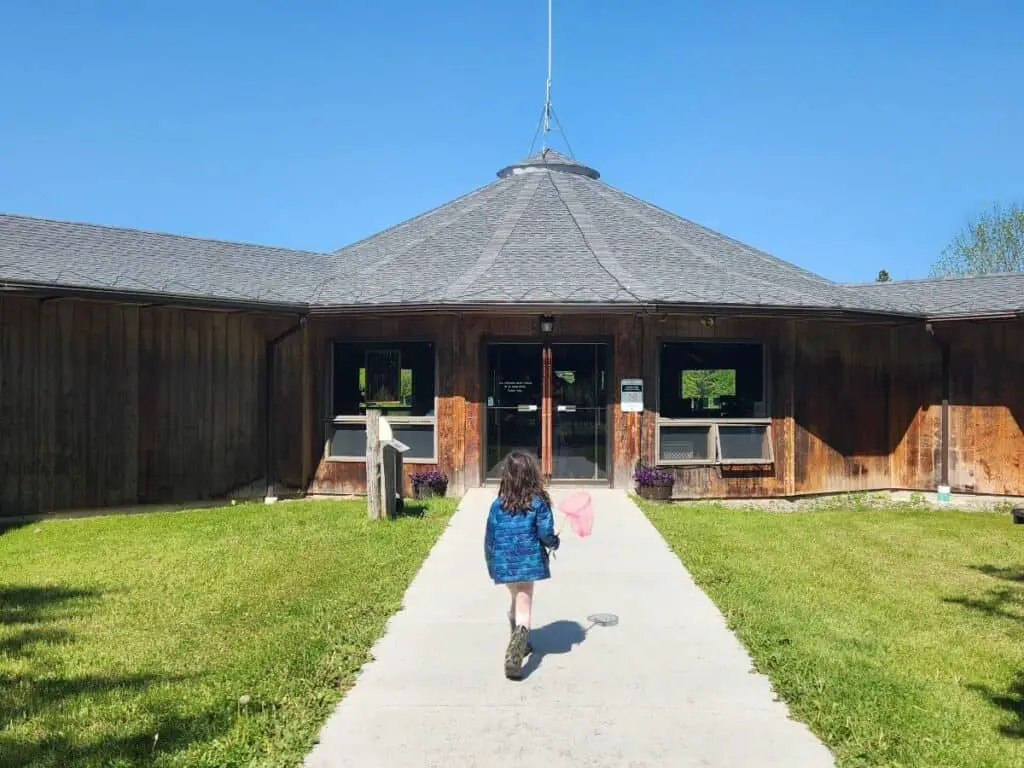
On a recent mother-daughter trip to the Rochester area, my 5-year-old, Miki, and I spent half a day at the center. We learned a lot and had a really good time.
Here’s more about our adventures and everything you need to know for your own visit to the Cumming Nature Center.
What is the Cumming Nature Center?
The Cumming Nature Center is a 900-acre nature preserve, about 45 minutes south of Rochester.
The center was established in 1973 thanks to funding from the Cumming family and is part of the Rochester Museum and Science Center (RMSC).
Fifteen miles of trails for hiking, skiing (12 miles), and snowshoeing (3 miles) take you through a varied landscape of old fields, vernal pools, wetlands, meadows, and upland forest.
It’s a wonderful place to visit through the different seasons to see how the landscape changes. And of course there’s lots of wildlife.
The visitor center and a variety of educational programs explain what you’re looking at and the human-nature interactions that have shaped the landscape.
Visiting the Cumming Nature Center
When you first arrive, enter the Visitor Center, where you’ll pay your modest entrance fee.
Miki ran right up to the impressive animal displays — moose, a mountain lion, a bobcat, fishers, and more — that greet you in the center of the building.

She was eager to explore other rooms, so I didn’t get to take in the current exhibition on “Frost Town: The History and Ecology of a Ghost Town,” but it looked interesting, at least for older kids and adults.
Miki did, of course, make a stop at the small gift shop that has items like tee-shirts, STEM activity kids, and maple syrup. I liked that they offer used, nature-related children’s books for $3.
She was also fascinated by the landscape window towards the back where you can watch birds up close as they snack on seeds or search for them farther away through binoculars. (And if you have no idea what you’re looking at, several bird books will help with that.)
For smaller kids, the downstairs play room is especially fun. There are some nature-themed sensory and sorting activities and a cool collection of boxes with information and things to touch (such as fur, bones etc.) for different animals.
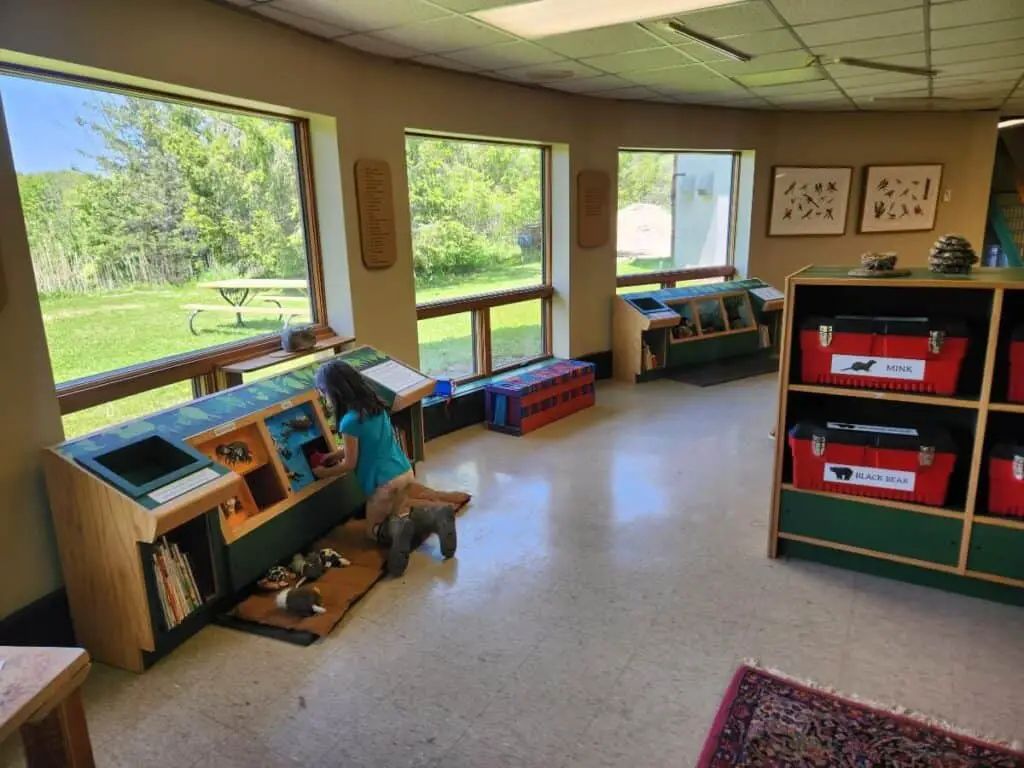
The highlight for both of us was the guided walk we took (more about that below).
Finally, we settled down for lunch in the shade at one of the many picnic tables outside.
It was right next to the Leapfrog Pond — a pretend pond play space for younger kids, with giant frogs, turtles, tadpoles, lily pads, and mushrooms. Miki worked out any remaining energy there before falling asleep in the car as we drove away.
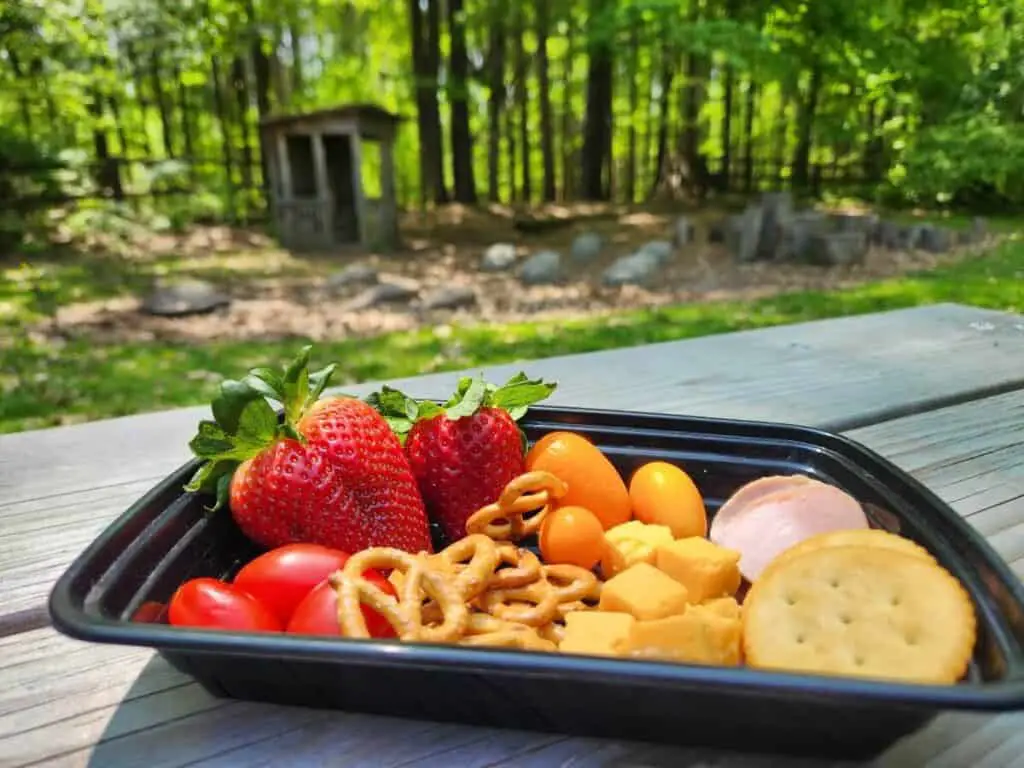
A Wild Walk with amphibians
If you’re visiting on a weekend, make sure to check out the schedule of guided walks. We loved our amphibian walk.
Our guide was Camille, a young woman from Ohio with an infectious enthusiasm for herpetology.
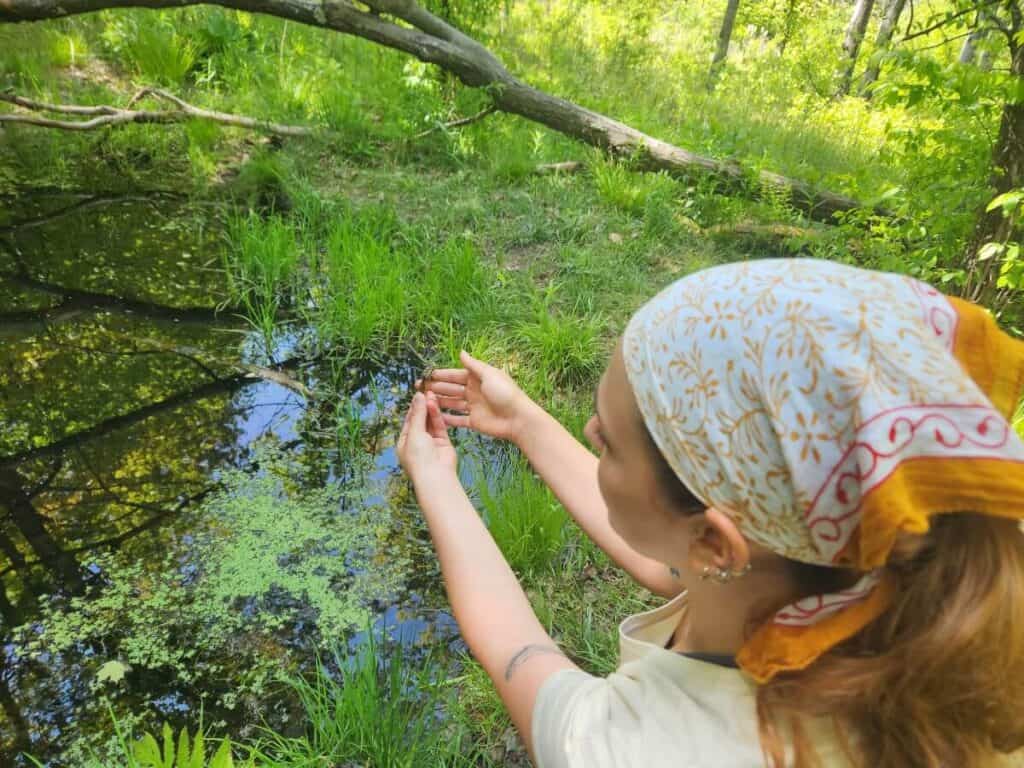
There were a dozen of us ready to explore all things frogs, toads, and salamanders with her.
As we ventured out to several different ponds and pools — armed with nets and terrariums — we learned a lot! For example, that amphibians are an indicator species that can tell us about the health of their environment.
At one pond, we saw thousands of tiny toad eggs and brand new hatchlings. The stringy wiggly things will be little toads within a month. I was less enthusiastic about the giant leeches. (Pro tip: don’t swim in that pond.)
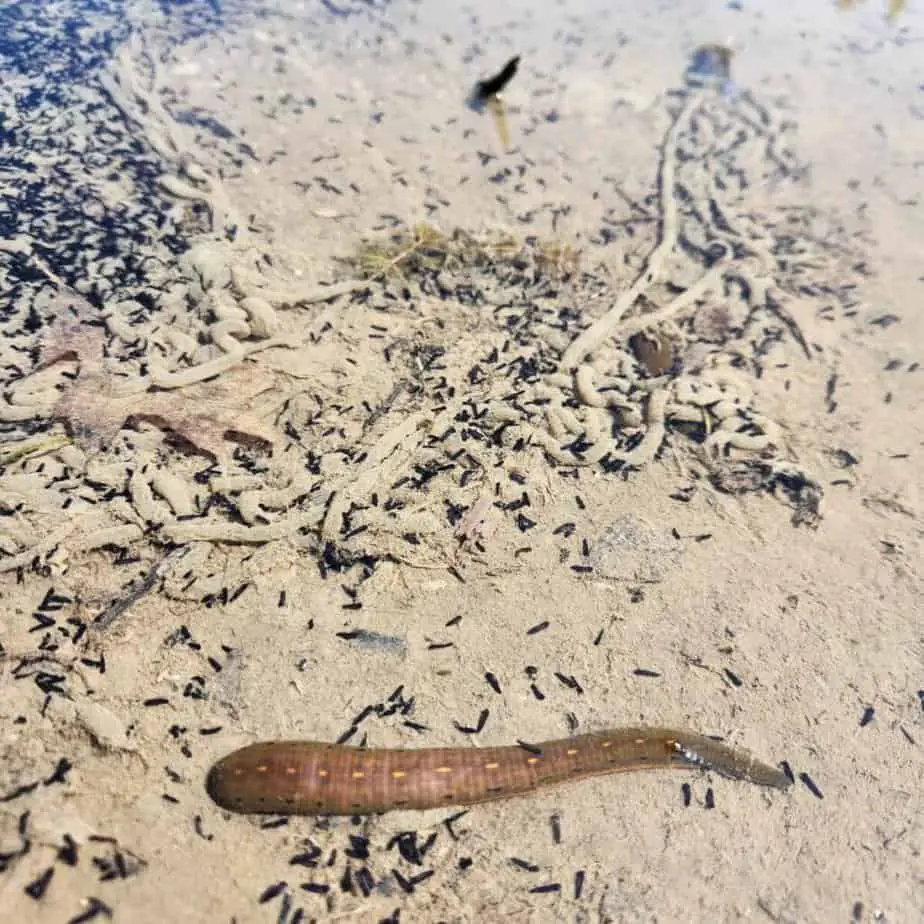
Camille also showed us how to be stealthy and catch little critters. We got a close-up look at red newts in our terrariums. When they’re younger, they’re red efts on land, then return to the water as newts for the rest of their lives.
At a couple of vernal pools — essentially giant puddles that dry out in the summer — we practiced “frog mindfulness.” We sat quietly like a frog so that the animals would come up and show themselves again. We got to see green frogs and a pickerel frog. And we learned to hold them gently by the legs, their strongest body parts.
Miki and I agreed that those were 1.5 hours well spent! (Miki’s only disappointment was that she didn’t personally catch a frog. But we will practice at the frog pond behind our house.)
Hiking Trails
Our amphibian walk mostly stayed close to the visitor center and criss-crossed several different paths, so I’m looking forward to exploring more of the official trails next time.
Cumming Nature Center offers a network of 15 miles of trails. Individual routes are relatively short, but you can combine them into loops to suit your needs and interests.
There’s a nice color-coded map of the hiking trails available at the visitor center, or you can print it from the trails info page.
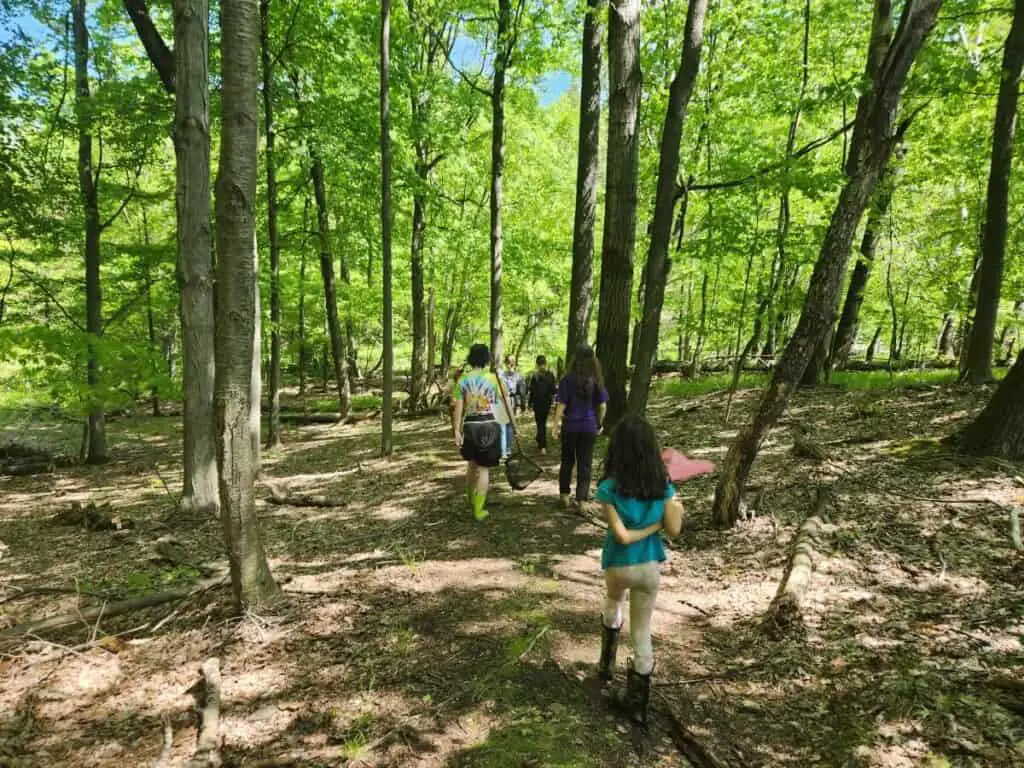
Each trail has its own character, and you can find more information about the interpretive trails on the map.
For example, the Haudenosaunee Trail features Seneca artist Ernest Smith’s depictions of traditional Seneca life.
On the Pioneer Trail you can visit a replica of an 18th-century pioneer cabin.
The Conservation Trail teaches you about forest conservation and management practices as well as tree species. Plus, you can climb up a replica fire tower.
Ask at the front desk for recommendations and to get updates on the trails.
While you’re at it, you can rent an adventure backpack ($5) for kids that’s filled with a map, contraptions for catching and looking at little critters like bugs and frogs, and a few booklets to identify them and trees.
Note that there aren’t any paved trails, but there are trail wheelchairs available to borrow for some of the gentler paths. (They don’t have any head or neck support.)
If you’re using a wheelchair or traveling with kids in a stroller, your best bet will be either the Helen Gordon Trail or the Beaver Trail, according to Sarah, who works at the center. Still expect to navigate some roots and bumps, though.
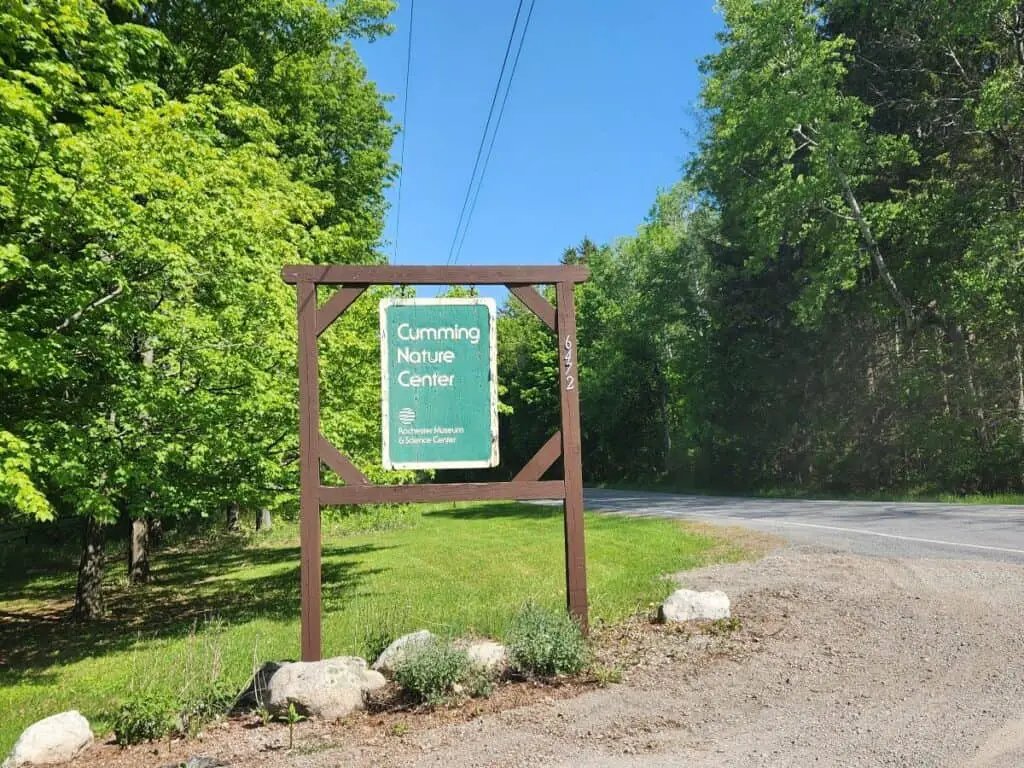
Programs and events
Forest school and camps
If you live nearby, you can take advantage of the Cumming Nature Center’s camps and forest school programs for kids all the way from infants through teenagers. There’s even a year-long educational experience for high school or gap year students called The Walden Project.
Special events
During the Maple Sugaring Weekends (the last two weekends in March), learn all about maple syrup. Attend the pancake breakfast, talk to educators about the science and cultural history of maple sugaring (ASL interpretation available), and watch the syrup being made. The event is suitable for all, with many fun features for families.
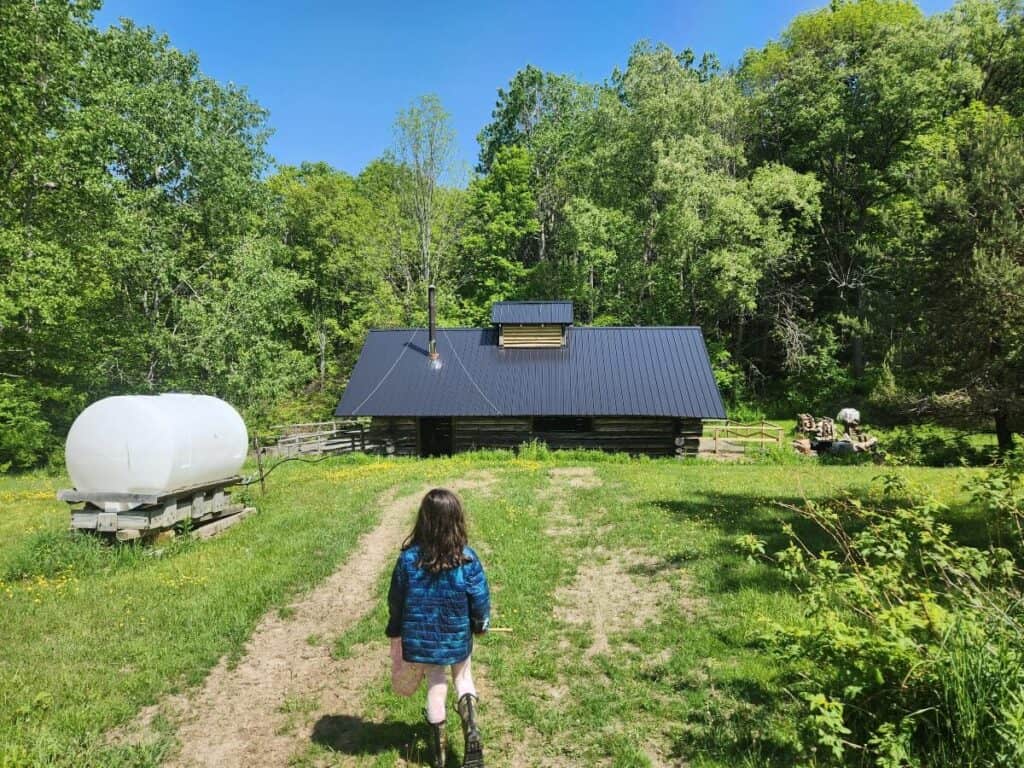
Other events throughout the year include concerts, yoga, runs, workshops on everything from native gardening to blacksmithing, the FLX Fermentation Festival (August), and many winter activities, such as snowshoe racing, kid-friendly ski lessons and more.
Guided walks
I think the schedule of weekend guided walks sounds especially interesting. We loved the amphibian walk we attended. Other topics may include woodland flowers, pond and stream explorations, foraging wild foods and fibers, and turtles.
Celebrations
Finally, you can book the nature center for celebrations like birthday parties, weddings, and corporate events.
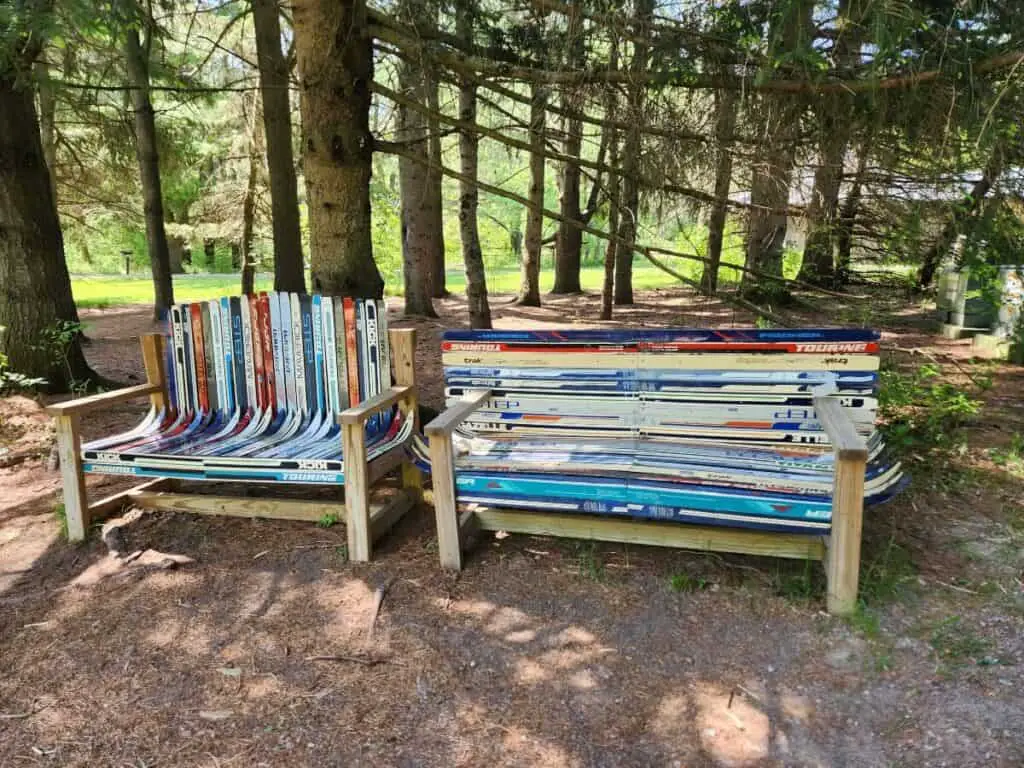
Practical information for your visit
- Website: https://rmsc.org/cumming-nature-center
- Address: 6472 Gulick Rd, Naples, NY 14512; phone: (585) 374-6160
- Admission: $3, children under 3 free (as of 5/2023); $5 in the winter. Discounts/free for military, educators, and others (check website).
- Membership: With an annual RMSC membership you get free entrance to both the Rochester Museum and Science Center and Cumming Nature Center as well as Strasnburgh Planetarium Star Shows. Other benefits include special events, discounts, and reciprocal free or discounted admission to science museums part of the ASTC Passport Program. (There is also a Pines Pass, with membership only in the nature center.)
- Accessibility: As noted above, trail wheelchairs are available to borrow. (See trails notes above.) There are accessible restrooms in the visitor center and an elevator for access to downstairs. An ASL interpreter is generally available during the Maple Sugaring Weekends.
- Changing tables: Available in both men’s and women’s rooms.
- Food: The visitor center has a few drinks and snacks, including freshly made popcorn, available for purchase. There are several picnic tables outside around the visitor center.
- Connectivity: I didn’t have reception through my provider (T-Mobile), but the visitor center offers free wifi.
If you’re interested in nature centers, read on for more about:
- Lime Hollow Nature Center in Cortland, NY, with a great art trail and good birding
- Cornell Lab of Ornithology in Ithaca, NY, specializing in all things bird
- You could also go a bit farther afield to the lovely Holden Arboretum in Kirtland, OH.
Please note: For our visit to the Cumming Nature Center, we were guests of Visit Rochester and the nature center. This has no impact on our opinion and review.
PIN THIS POST FOR LATER:
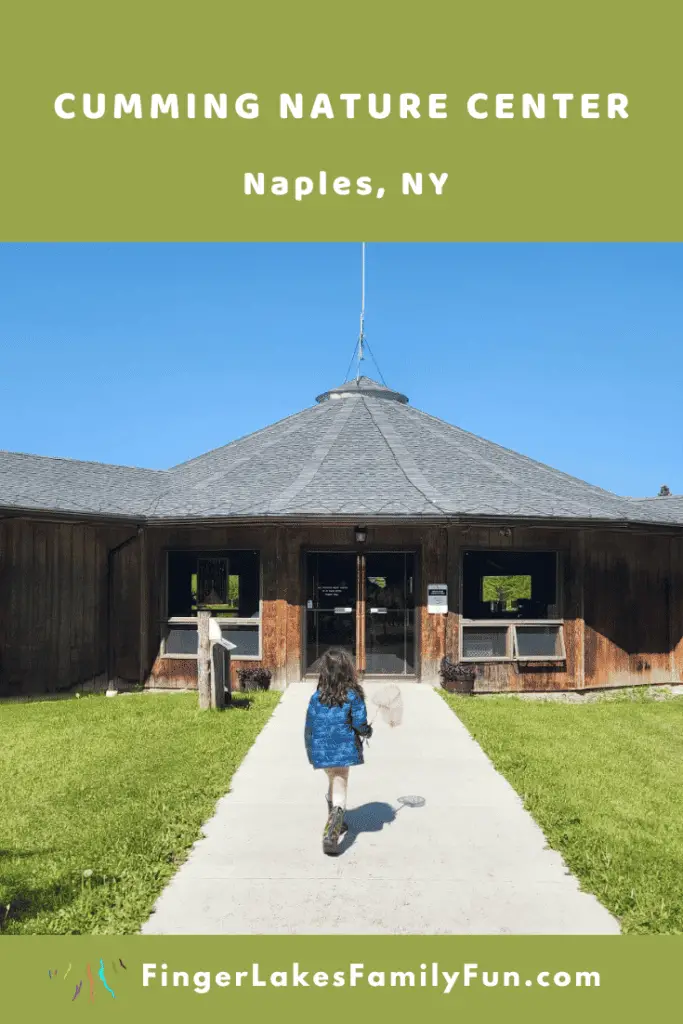
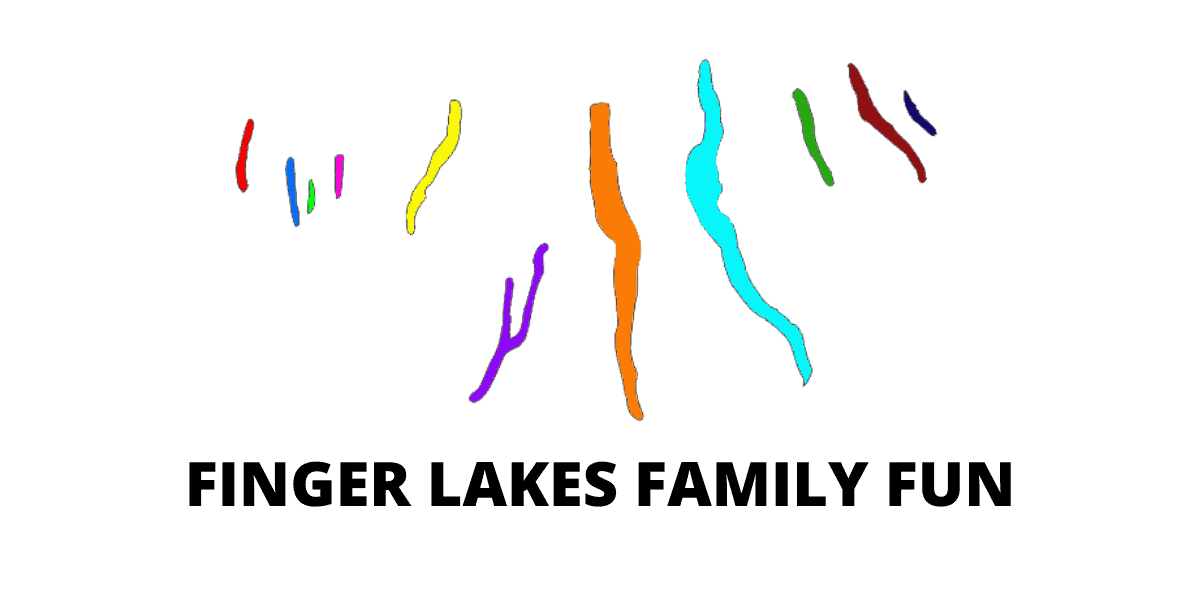
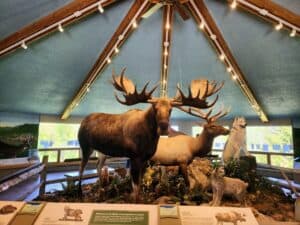



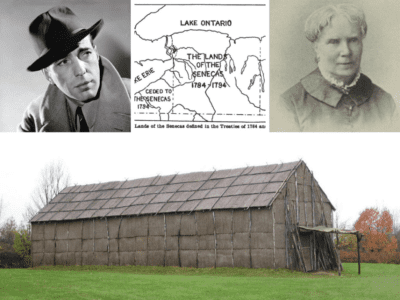


 A Day in Niagara Falls with Kids
A Day in Niagara Falls with Kids
Leave a Reply